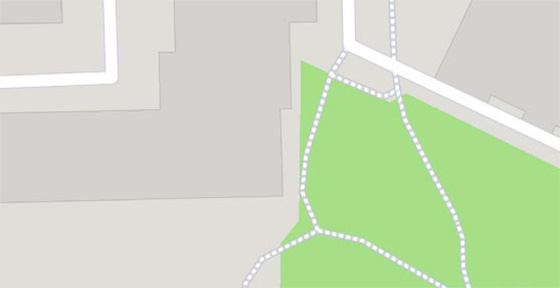The Invalid Palace is a complex of buildings from the turn of the seventeenth and eighteenth centuries located in the center of Paris. Its most famous parts are the Invalid Church with a powerful, gilded dome and buildings housing the Army Museum. Napoleon Bonaparte is buried in the Invalid church. It is also a national military pantheon.
The construction of the Les Invalides complex was initiated by Louis XIV. It was intended for veterans returning from the war. It consisted of barracks, a hospital, a hospice, a monastery and a chapel. At the end of the 17th century, the Invalid Church was added to it. The entire premise of the complex was inscribed in the buildings of Paris and connected through the Alexander III Bridge with the other bank of the Seine. The courtyards of Les Invalides remain to this day the largest open spaces in the center of Paris.
The complex's buildings are built on a quadrangle plan. They are concentrated around courtyards and green areas, which in the past were recreational areas for recovering veterans. In the monumental, dome-covered Invalid church, several dozen military commanders were buried, distinguished in various wars of the 18th and 19th centuries. The sarcophagus of Napoleon and Bonaparte occupies a central place here.
Attractions inside




